Market Trends
Key Emerging Trends in the Decoy Flares Market
The decoy flares market is experiencing notable growth and evolution, driven by advancements in defense technology, increasing threats from guided missile systems, and the growing demand for countermeasures to protect military and civilian aircraft from hostile attacks. Decoy flares are pyrotechnic devices deployed from aircraft to confuse heat-seeking missiles by creating infrared signatures that divert missile guidance systems away from the intended target. One significant trend in this market is the development of advanced decoy flare systems that offer improved effectiveness, reliability, and versatility to counter evolving missile threats.
One of the key drivers of growth in the decoy flares market is the rising sophistication of infrared-guided missile threats posed by adversaries, including surface-to-air missiles (SAMs), air-to-air missiles (AAMs), and man-portable air defense systems (MANPADS). With advancements in missile technology and guidance systems, modern infrared-guided missiles are capable of accurately tracking and targeting aircraft from long ranges and various angles, posing a significant threat to military and civilian aviation. Decoy flares provide a crucial defensive countermeasure by emitting intense heat sources that confuse and decoy infrared-guided missiles away from the aircraft, increasing survivability and reducing the likelihood of successful missile engagements.
Moreover, advancements in decoy flare technology, including multi-spectral decoy flares, programmable decoy flares, and expendable countermeasure systems, are driving innovation and differentiation in the decoy flares market. Multi-spectral decoy flares emit infrared signatures across multiple wavelengths, making them more effective against advanced infrared-guided missiles with sophisticated seekers that can discriminate between different heat sources. Additionally, programmable decoy flares feature advanced electronic countermeasure capabilities, allowing for dynamic emission patterns and decoy behaviors to counter advanced missile threats effectively. Expendable countermeasure systems integrate decoy flares with other countermeasure payloads such as chaff, radar decoys, and laser jammers to provide comprehensive protection against multiple types of missile threats in complex and contested environments.
Another significant trend in the decoy flares market is the integration of decoy flare systems with advanced aircraft protection suites and defensive aids subsystems (DASS) to enhance survivability and mission effectiveness. Modern military aircraft are equipped with sophisticated defensive systems that include radar warning receivers (RWRs), missile approach warning systems (MAWS), and countermeasure dispensing systems (CMDS) to detect, track, and defeat incoming threats. Decoy flare systems complement these defensive measures by providing additional layers of protection against infrared-guided missiles, enhancing aircraft survivability in high-threat environments and enabling mission success in contested airspace.
Furthermore, the increasing adoption of decoy flare systems by military forces and commercial aviation operators worldwide is driving demand for cost-effective and reliable decoy flare solutions that meet stringent performance and safety requirements. Manufacturers are developing decoy flare systems with improved reliability, shelf life, and environmental sustainability to meet the demanding operational needs of military and civilian customers. Additionally, advancements in manufacturing processes, materials science, and quality assurance protocols ensure that decoy flare systems meet rigorous standards for performance, safety, and interoperability with existing aircraft systems and avionics.

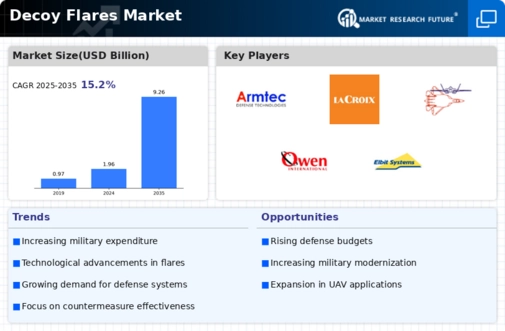
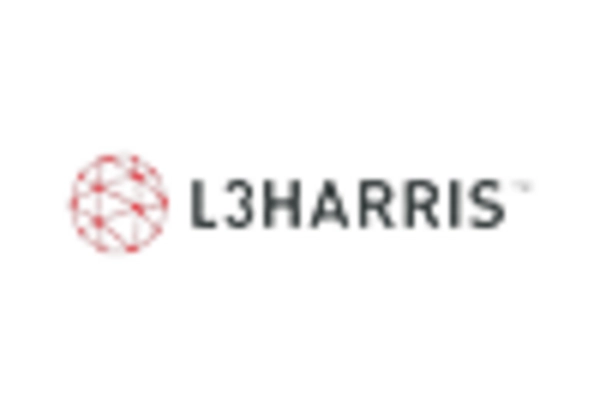
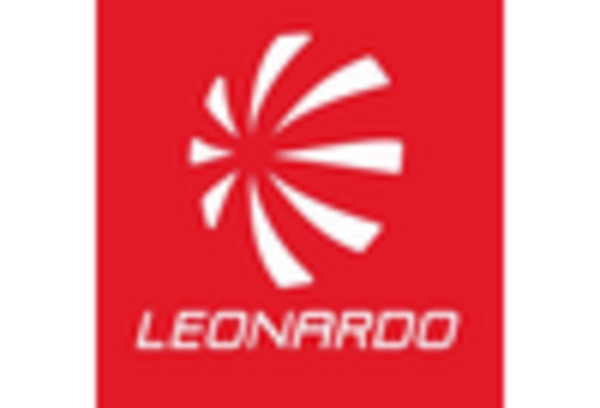

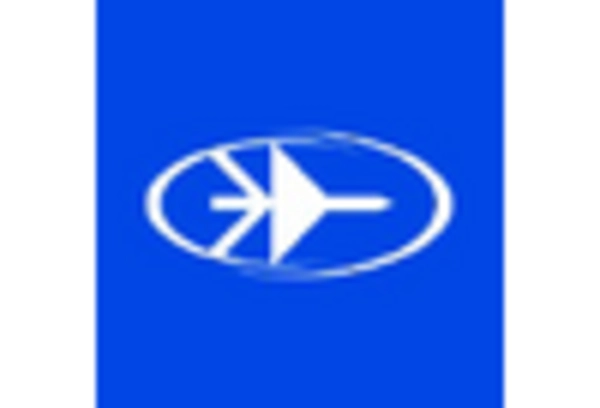
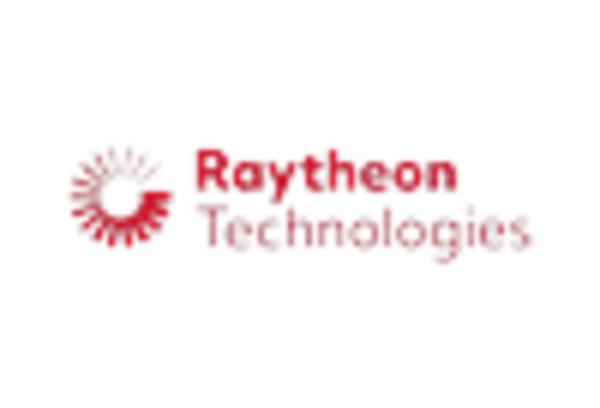










Leave a Comment